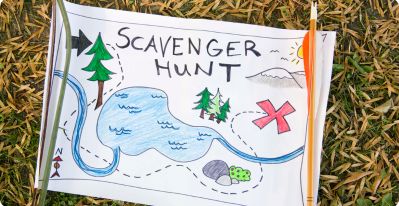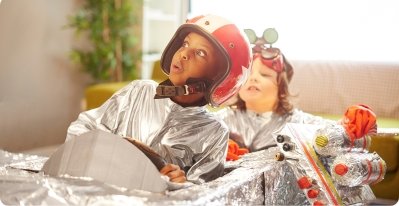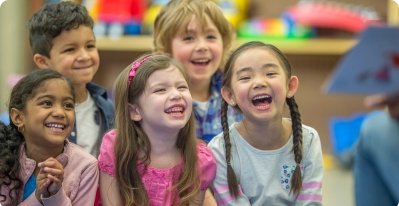Structured play refers to activities that have a defined set of rules or objectives, with a predetermined outcome. These types of activities are often led by an adult or authority figure and can include games with specific guidelines, organized sports, or educational activities. Structured play is often focused on achieving a particular goal, such as winning a game or completing a task.
Unstructured play, on the other hand, is child-led and self-directed, with no predetermined rules or objectives. This type of play allows children to use their imagination and creativity, explore their environment, and develop their own ideas and goals. Unstructured play can include activities such as free playtime, imaginative play, and exploring nature. It is often spontaneous and flexible, allowing children to develop skills such as problem-solving, decision-making, and independence.
Both forms of play have their own benefits, and children can learn different skills and abilities from each.
So, the question here comes which form of play should be adopted and encouraged by parents?
Parents should not choose one form of play over the other but instead encourage activities that balance structured and unstructured play.
To learn more about the advantages of both structured and unstructured play and the significance of finding a balance between them, you can refer to the article, “Playtime Dilemma: Structured or Unstructured Playfor Your Child?”
Examples of Activities that Incorporate Both Types of Play: Structured and Unstructured:
Outdoor Scavenger Hunt:
Lego Building Competition:
Puppet Show:
Science Experiment:
Art Project with Open-ended Materials:
Role-playing game:
This activity involves a structured storyline or scenario, such as a pretend restaurant or doctor's office, but also allows for unstructured imaginative play as children take on various roles and improvise their interactions.
Outdoor nature walks:
This activity can have structured rules, such as staying on a designated trail or collecting certain items, while also allowing for unstructured exploration and observation of nature.
Storytelling circle:
Building a fort:
Cooking/baking:
Cooking or baking with children can involve structured steps and clear goals, such as measuring ingredients and following a recipe. However, it also allows for unstructured creativity in terms of choosing ingredients and decorating the finished product. Children can use their imaginations to come up with unique flavor combinations or decorating ideas.
We hope you found our suggestions for activities that incorporate both structured and unstructured play helpful and inspiring. We would love to hear your thoughts on which activity resonated with you the most.
Additionally, please share with us your own experiences and activities that involve a mix of structured and unstructured play, as we believe that sharing ideas and knowledge can only enrich our children's playtime.
FAQ:
1. In what ways can unstructured play be integrated into a formal educational setting, such as a classroom or daycare center?
Unstructured play can be included in formal education by creating play areas, allowing free play during designated times, providing minimal guidance, and using it as a tool to reinforce structured learning.
2. How do cultural and societal factors influence the amount and type of structured and unstructured play opportunities that children have access to?
Cultural and societal factors shape parents' and caregivers' attitudes toward play and affect the availability of play spaces and materials. For example, some prioritize academics over play, while others value free play. Economic and social factors can limit access to safe play environments, particularly in low-income areas.
3. How do children's individual preferences and temperaments influence their engagement with structured and unstructured play?
Children's individual preferences and temperaments influence their engagement with a structured and unstructured play by affecting the types of activities they enjoy and their ability to self-regulate and sustain attention. For example, some children may prefer more structured activities with clear goals and rules, while others may thrive in open-ended, imaginative play. Similarly, some children may have difficulty with impulse control or may become easily overstimulated, which can impact their ability to engage in unstructured play for extended periods of time.















0 Comments